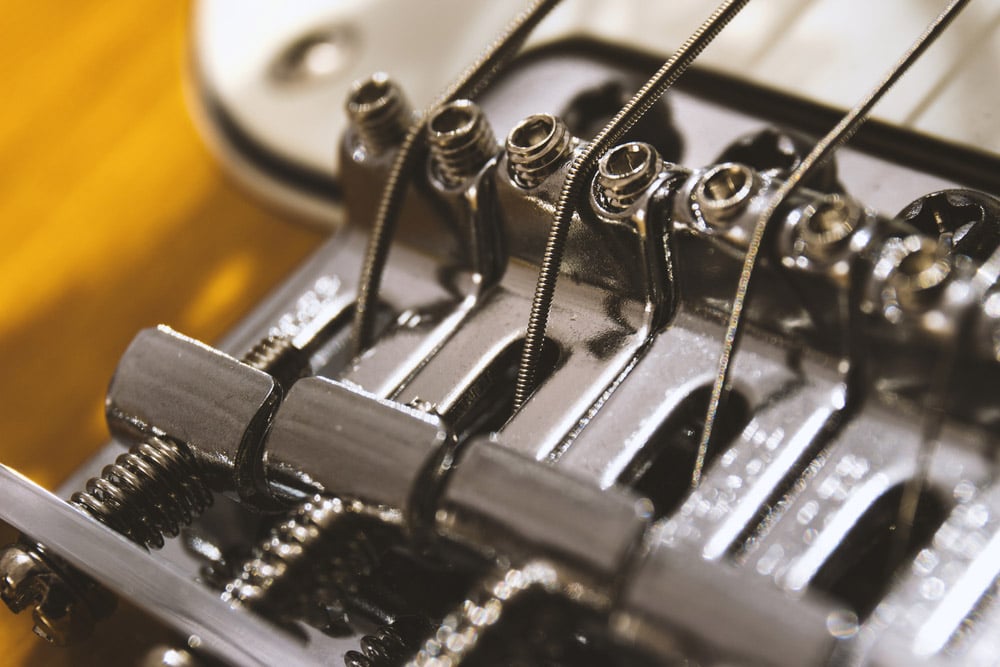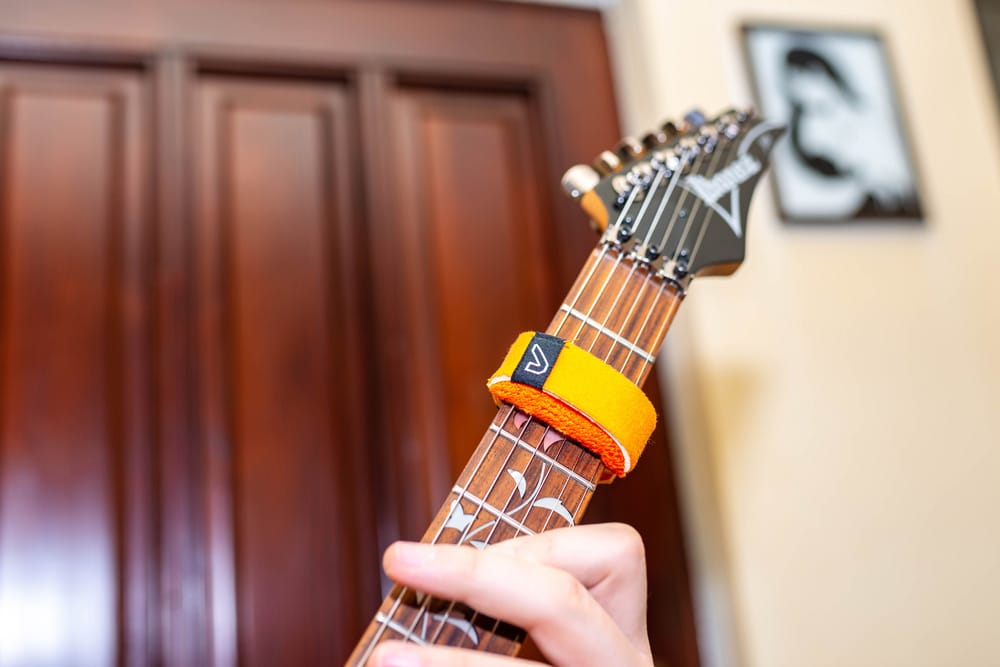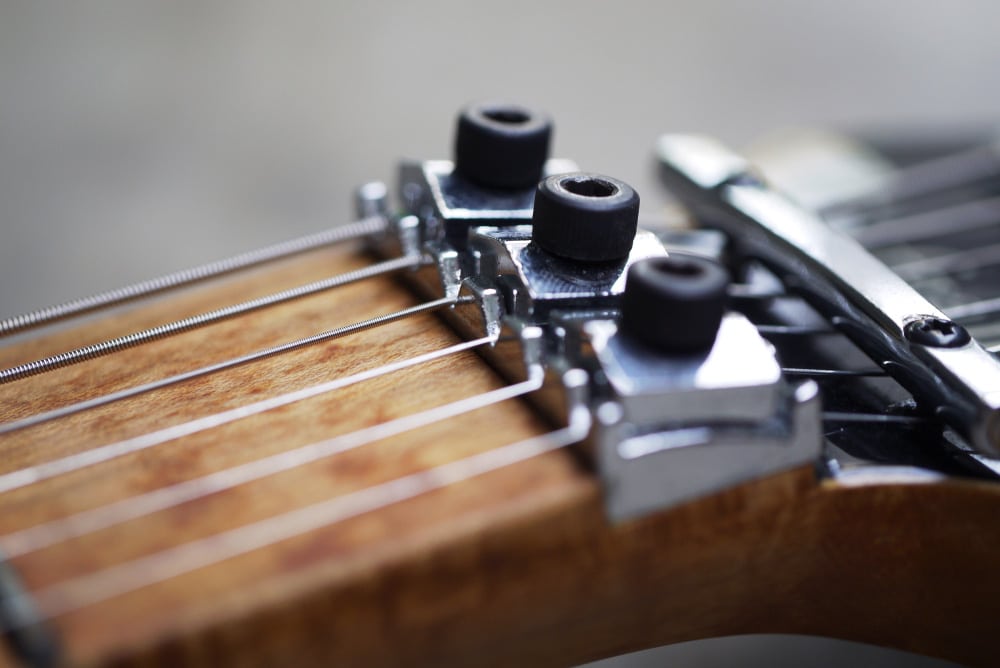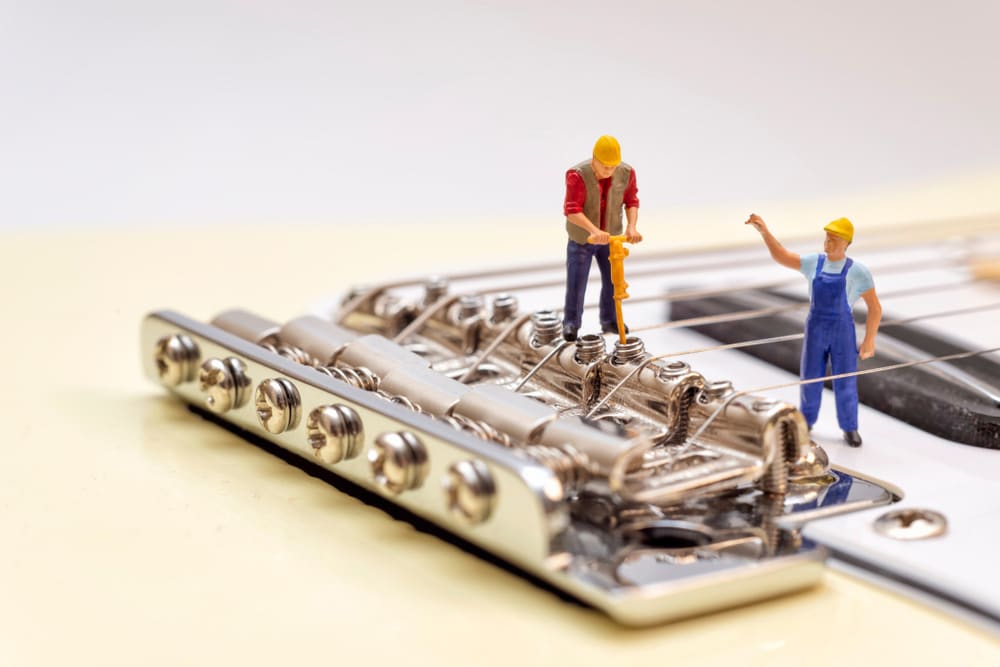
Guitarists are tired of getting their guitars tuned repeatedly and still have intonation problems. Thanks to modern technology, some products can avoid the tuning issues in the guitar. One such product is the Evertune Bridge, which is functional for multiple electric guitars.
No matter the conditions, the Evertune Bridge will ensure that the guitar stays in tune. As far as the design of this bridge is concerned, it is sleek. The best thing about Evertune is that it ensures accurate and precise intonation over the entire fingerboard.
If you are an Evertune user, you might come across some problems. This article will discuss the problems linked with the Evertune Bridge and look for their reliable solutions.
Evertune Bridge Problems
- Installation Issues
Like the rest of the musical instruments, the problem with installing the Evertune Bridge is common. Make sure the bridge is tight enough because even a bit loose bridge can cause deflection to the other side. In this way, users cannot get the right guitar tuning.
The most important thing to remember is that only a professional can be trusted with the correct bridge installation. You might make mistakes if you try to install it on your own. Even a little problem in the alignment can create more issues for the intonation. The safety of your musical instrument should matter the most to you.
- Adjusting It Correctly
The Evertune Bridge can be adjusted at several stages. The proper adjustment of the bridge keeps you from several problems. When you are playing the guitar, make sure you do not change the bridge because, in this way, the intonation gets badly affected. The required tuning of the Evertune Bridge is different from the tuner so, tune it properly.
- Lack Of Sensitivity
However, it depends on your technique and how you see this problem. Sensitive players keep moving their neck back and forth to get the vibrato. These players may not like the Evertune Bridge because it fails to be sensitive even when the subtle vibrato with your fingers needs to be done.
- The Saddle does Not reach the Proper Note
As you make the transition to a lower string gauge from the higher one, use the tuning pegs at the headstock to do the tuning of the strings to a half step sharp of the required note. The tuning hole has a hex key that you can use to bring a decrease in the tension in the saddle.
It would help if you continued reducing the tension unless every string gets in tune. In this way, the strings are safe from getting broken as the saddles get into Zone 2, and the tension setting is not appropriate enough for the smaller string gauge.
- Unwanted Noise In The Spring
In the Evertune Bridge, a built-in buffer system and damper keeps the bleeding of sound energy or vibration into the springs. As soon as you hear the spring noise originating from the Evertune Bridge, use some foam and a fretwrap to mute the volume of strings located behind the nut.
This troubleshooting tip gets the guitar silent. One can guarantee silent operation when the moving parts are applied with the quality dampening grease. Do not stuff it into the bridge even when you use the foam. The reason is that too much foam can remove the damping grease.
It can result in the development of mechanical noises. There is a high chance that the noise might persist. In that case, check the screws and loose parts on the bridge. The input jack and the electronics cavity also have screws that might need to get fixed.
However, you better let a professional deal with the electronics issue because it can get dangerous. The customer service of Evertune is excellent, and they can help you deal with the problems perfectly.
- Compatibility Issues
There must be definite compatibility between the guitars and the bridges to ensure their smooth operation. One cannot tune a guitar if it is not compatible with the bridge. Many factors can lead to the failure of compatibility, including the strings, the instruments’ overall design, and the already installed bridge on the guitar.
This problem emphasizes the importance of research before settling for a bridge. You cannot just pick any bridge and expect it to work great with your electric guitar. You always need to check the compatibility first and then buy the bridge.
- Set The Order And Orientation Of The Locking Nut Pads
The locking nut pads are a crucial component of the bridge that helps get the guitar in tune. Some people take off all the strings simultaneously, while others take one by one.
No matter which option you choose, you have to ensure that the order and orientation of the locking nut pads stays the same as when the strings were taken off. There is a variation in the thickness of the strings. At the bottom of the nut bads, tiny grooves are visible.
With frequent use, these grooves can get deeper day by day and cause the slipping of the nut off the string. In this way, the bridge fails to stay in tune more. In order to deal with the problem of grooves, you need to lube the grooves with graphite, Carmex, or Burt’s bees.
- Check The Screws
Screws on your bridge are another factor that can cause problems with the bridge. However, there is nothing worrisome about them because all they need is a slight change in their tightening. In some circumstances, the screws are overtightened, and they cause the failure of the bridge to stay in tune.
There is also a possibility that they are loosely tightened. In either case, you have to tighten them moderately.
- Limit The Climate Changes
There is another significant factor that can affect the working mechanism of the bridge. Not many people know about this, but humidity and temperature changes strongly impact the tuning of your bridge.
Tuning issues can arise if you constantly take your guitar outside in the air and then bring it back to a warm indoor. If you want your bridge to stay in tune, ensure that your guitar is not subjected to frequent climate changes.




